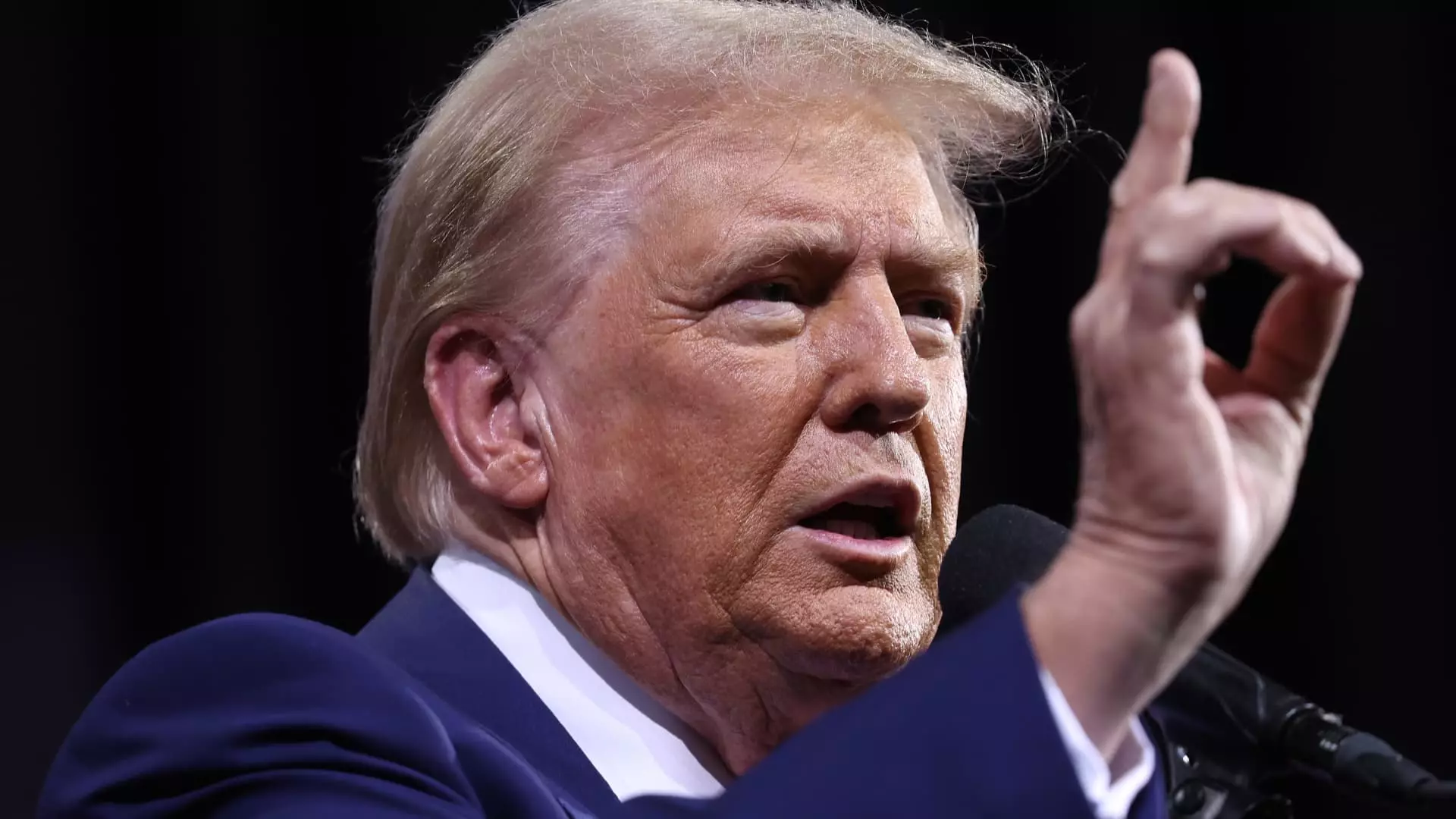During a recent rally in Tucson, Arizona, former President Donald Trump made headlines by declaring his intention to eliminate taxes on overtime pay if he secures a second term in office. This promise, aimed at encouraging work and incentivizing companies to hire staff, positions Trump’s campaign in a direct counterpoint to existing labor tax policies. “I’m also announcing that as part of our additional tax cuts, we will end all taxes on overtime,” Trump stated, suggesting that this reform would substantially benefit both employees and employers. Such a proposal could resonate deeply with many voters, particularly those who feel overburdened by taxes.
Trump’s argument rests on the notion that tax-free overtime would foster increased productivity and economic growth. By eliminating taxes on work done beyond the standard 40-hour workweek, the former president argues that workers would have more financial incentive to put in extra hours. This approach appeals to a traditional view of the economy wherein hard work is rewarded, potentially drawing support from the working class and small business owners alike. The logic is simple: if workers keep more of their overtime earnings, they may be more motivated to work longer hours, ultimately benefiting companies in need of additional labor.
To fully grasp the implications of Trump’s proposal, it is essential to consider the history of labor rights in the United States. The Fair Labor Standards Act of 1938 established crucial protections for workers, including the 40-hour workweek and the principle of time-and-a-half pay for overtime. This legislation has been instrumental in protecting workers’ rights for generations, ensuring that they receive fair compensation for additional hours worked. By proposing a change to this longstanding system, Trump’s plan raises questions about the balance between incentivizing economic growth and preserving labor rights.
While Trump has yet to provide detailed plans regarding how this policy would be implemented or its potential consequences, responses from the Biden campaign have been notably absent thus far. Political analysts speculate that any tax reform must carefully consider both its short-term impacts on wages and long-term effects on labor rights. The Biden administration recently raised the minimum salary threshold for overtime eligibility, a move aimed at improving compensation for lower-income workers. This juxtaposition highlights a significant ideological divide between the two campaigns regarding policies designed to support American workers.
The effectiveness of Trump’s proposal could hinge on the prevailing economic conditions leading up to the election. As many voters prioritize economic issues, a promise to eliminate overtime taxes may offer a compelling platform for those seeking to maximize their earnings and create jobs. However, it remains to be seen how voters will weigh the benefits of such a policy against the historical protections that have defined labor standards in the U.S. As the election draws closer, the debate surrounding Trump’s proposal will likely intensify, leading to a wider discussion on the future of labor rights and taxation in America.



Leave a Reply